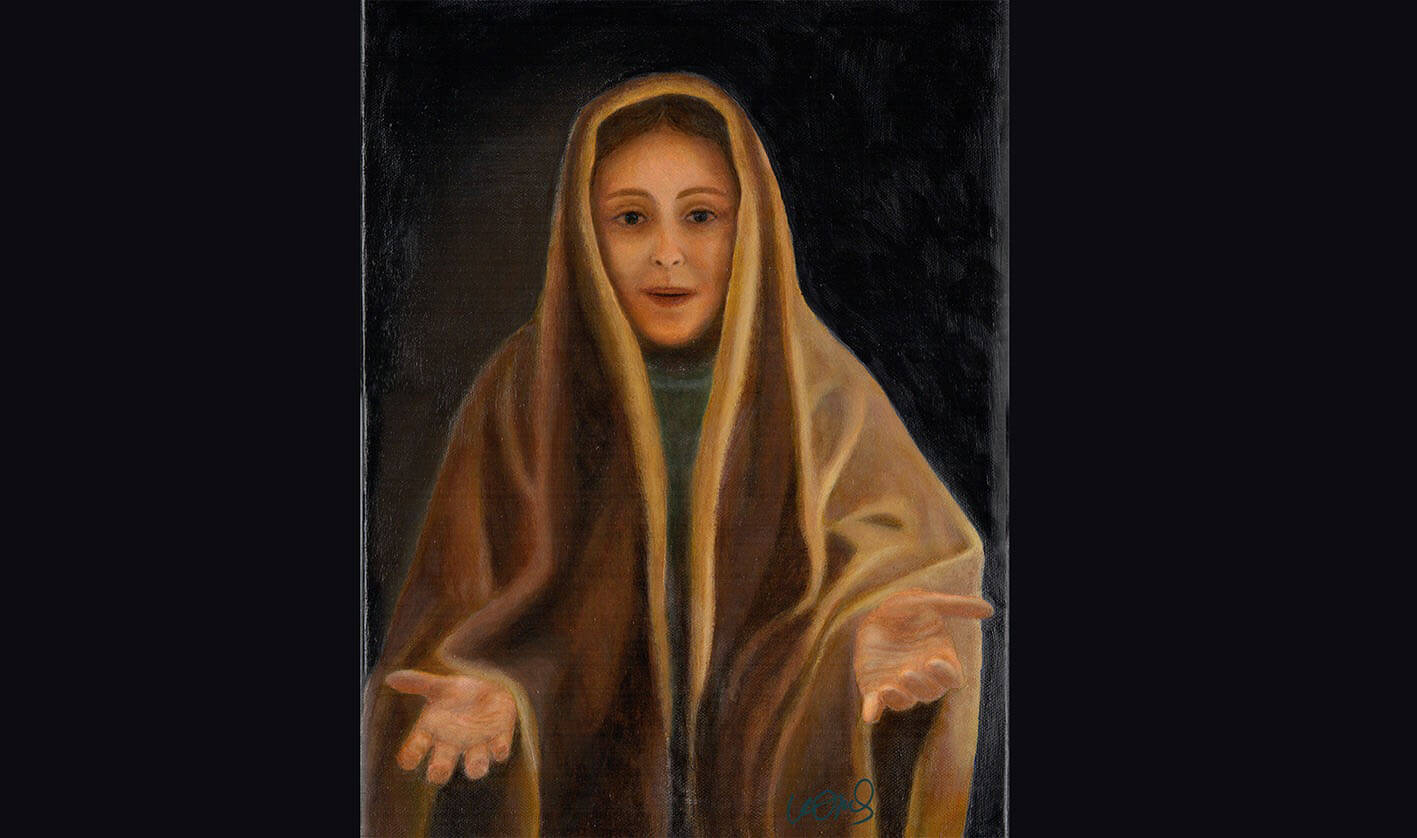Workflow and technique
The medium and artistic technique depends on the type of work, object or intended effect. Here are two examples of oil paintings techniques.
Prior to working on an image, I typically explore how various media work.
I may try different drawing implements on practice sheets to determine value and texture, and how to apply the implement to produce various effects.









